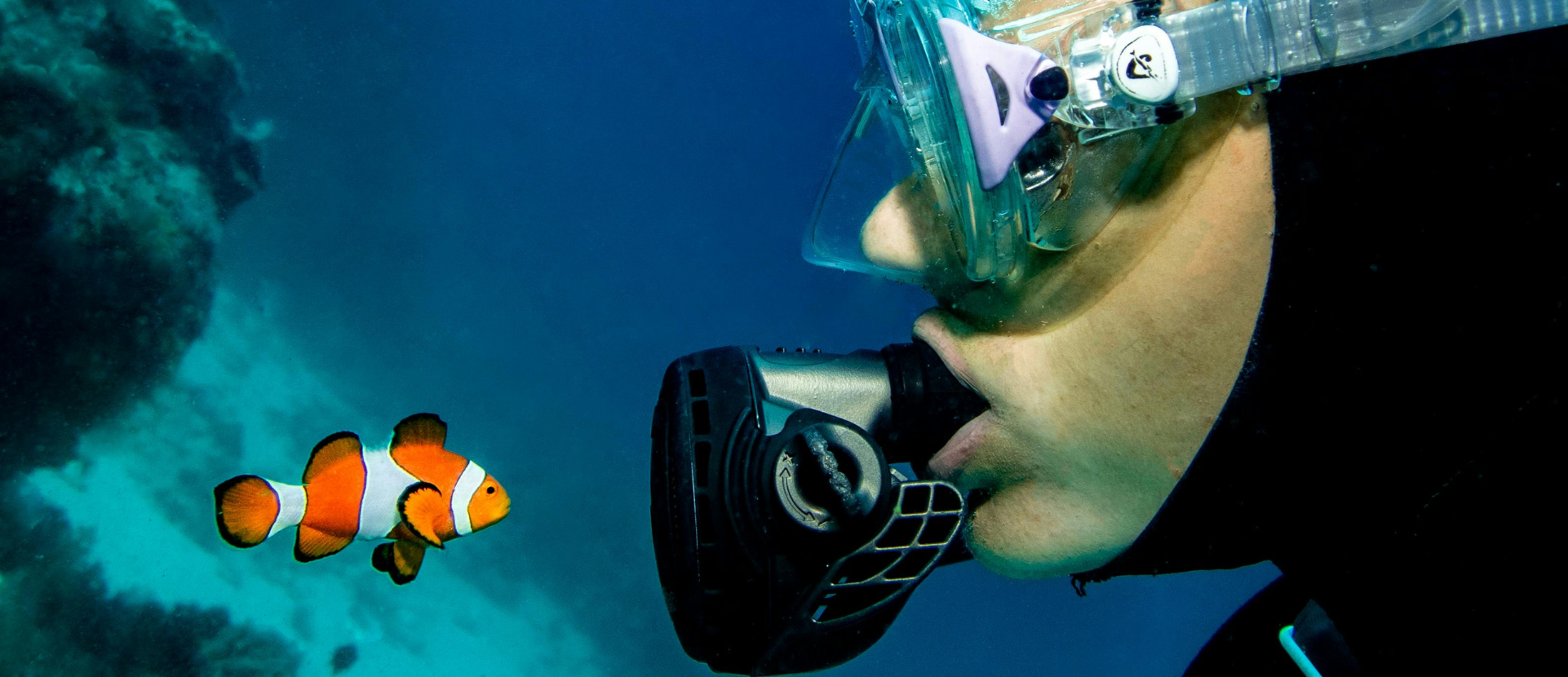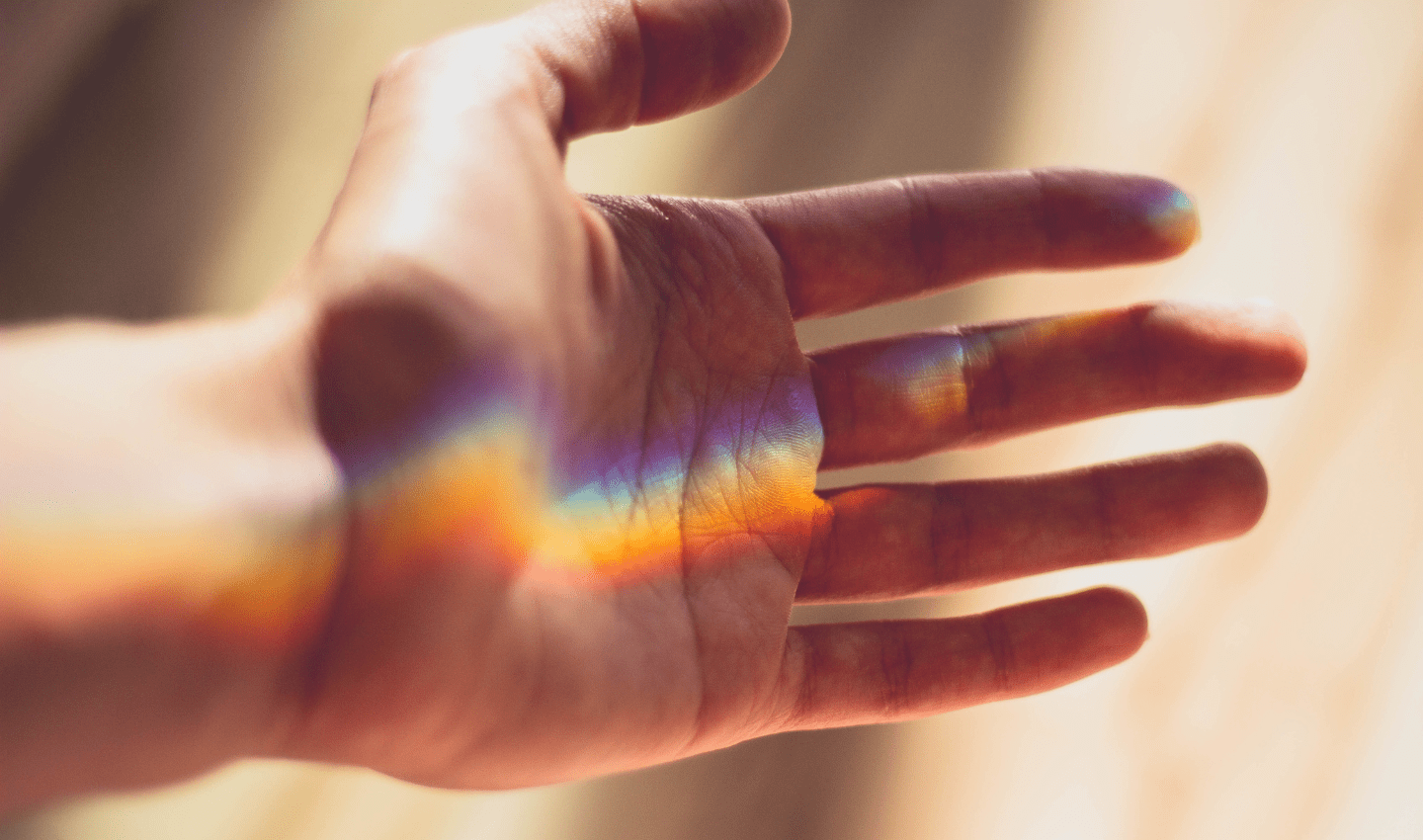- Our Impact: Threats
- Science: Explained
- Take Action
Myths about Plastic Pollution
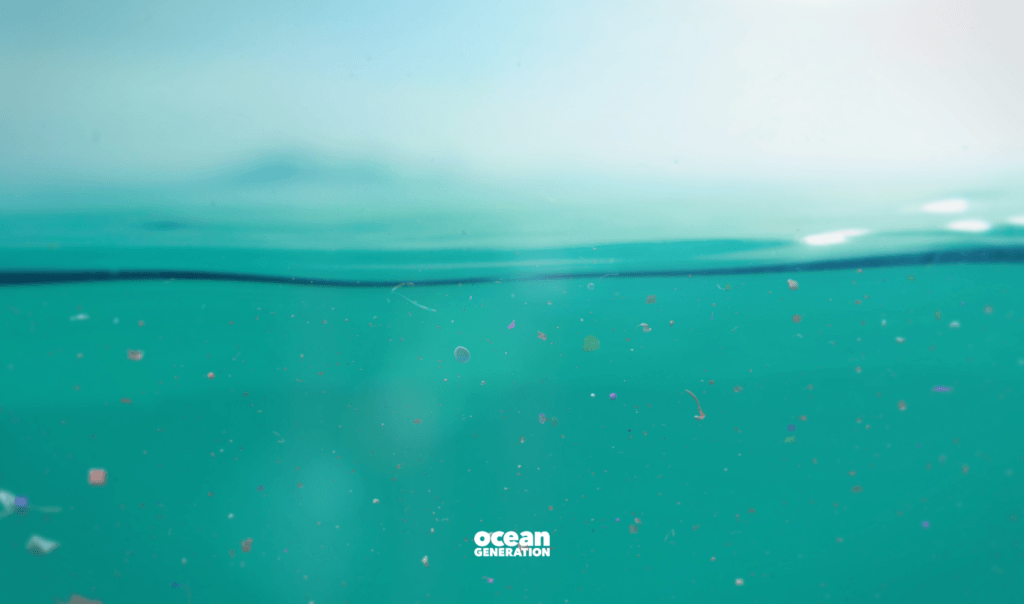
Breaking down 5 myths about plastic pollution
There are many plastic pollution myths out there. We’re here to dispel myths about plastic pollution and provide science-backed facts about plastic pollution.
What equips Ocean Generation to bust plastic misinformation? Science underpins all of our work; we’ve been experts in Ocean health since 2009 and released an award-winning documentary ‘A Plastic Ocean’ in 2016. Learn more about us.
Fact VS Fiction: Here’s what you need to know about plastic.
Myth: ‘There is a huge floating island of plastic out in the Pacific Ocean, 3 times the size of Texas called, ‘The Great Pacific Garbage Patch.’
Simply, there isn’t.
This is a common myth about the Ocean.
There is no giant floating island of plastic at the centre of the Pacific or any other parts of the Ocean.
The so-called ‘Great Pacific Garbage Patch’ is invisible from the surface. Plankton nets reveal the true nature of the problem which is an accumulation of microplastics that fill up each net in concentrations that increase towards the Ocean centre.

Myth: ‘A plastic bottle will take 450 years to break down.’
Plastic taking 450 years to break down is one of the biggest plastic myths.
The truth is: Plastic doesn’t breakdown; it breaks up into smaller and smaller pieces.
Plastic has only been around for 150 years – so, we also can’t put a timeframe on how long it will be around for. Read: The History of Plastic Pollution.
This statistic – about plastic breaking down – come from old educational materials released by the American National Oceanic and Atmospheric Administration.
The original source adds the caveat that “many scientists believe plastics never entirely go away. These decomposition rates are estimates for the time it takes for these items to become microscopic and no longer be visible.” As well as oversimplifying the risk, this irresponsible statistic about plastic pollution ignores the threat of microplastics.
Plastic is indestructible, it was designed to defy nature, designed not to decompose.
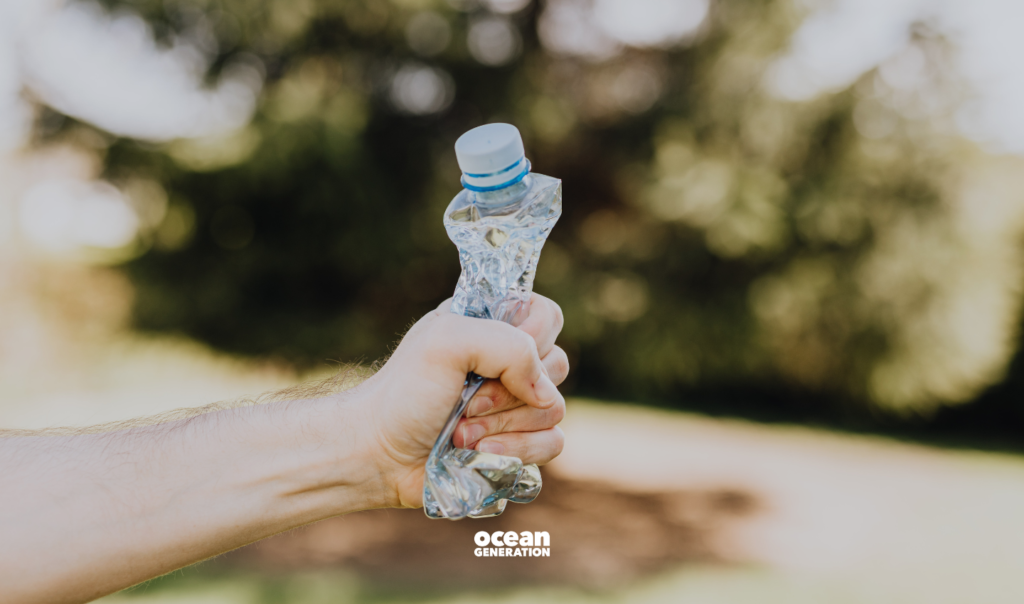
Myth: ‘By 2050 there will be more plastic than fish in the Ocean.’
This statement first appeared on a report written by Ellen MacArthur Foundation and the World Economic Forum (WEF) and has since been used widely by the public and some organisations.
However, there are a few issues with it.
The estimation number of fish (fish stock) in the Ocean is based on a prediction from a 2008 article. The statistic assumes that fish stocks will stay constant until 2050. This is incredibly unlikely due to pressures from overfishing, climate change, and plastic pollution itself. The authors have since predicted higher Ocean biomass than previously thought.
Our concern is that we are destroying the deep Ocean bed before we even begin to know and understand the marine life there as new species are being discovered all the time.
The projection for the amount of plastic in the Ocean by 2050 was drawn from the well-known 2015 study which only quantifies Ocean plastic up to 2025. According to BBC’s investigation, the lead author voiced their lack of confidence.
Due to these uncertainties, it is best not to use this statement to get across the crux of the message, i.e., we cannot allow the current rate of plastic production to continue, and we must sever our reliance on plastic where possible.
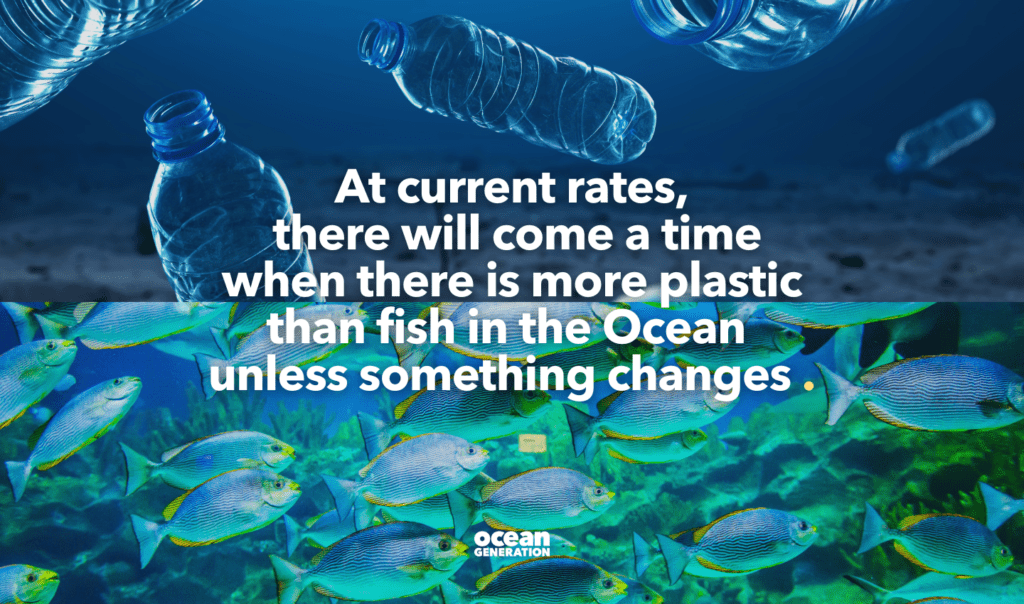
Myth: ‘We can recycle our way out of our plastic pollution problems.’
We need to stop thinking that we can recycle our way out of this mess. Recycling is not the answer to the our wide-scale plastic production and consumption behaviours.
The plastic recycling process is now a circular process.
Only 9% of plastic get recycled and only 1% of plastic produced goes through the recycling process twice.
Plastic production must decrease, yet it is currently increasing exponentially and recycling does nothing to abate this. This is because most plastic decreases in quality each time it is recycled, until it loses its value entirely and virgin plastic must be created.
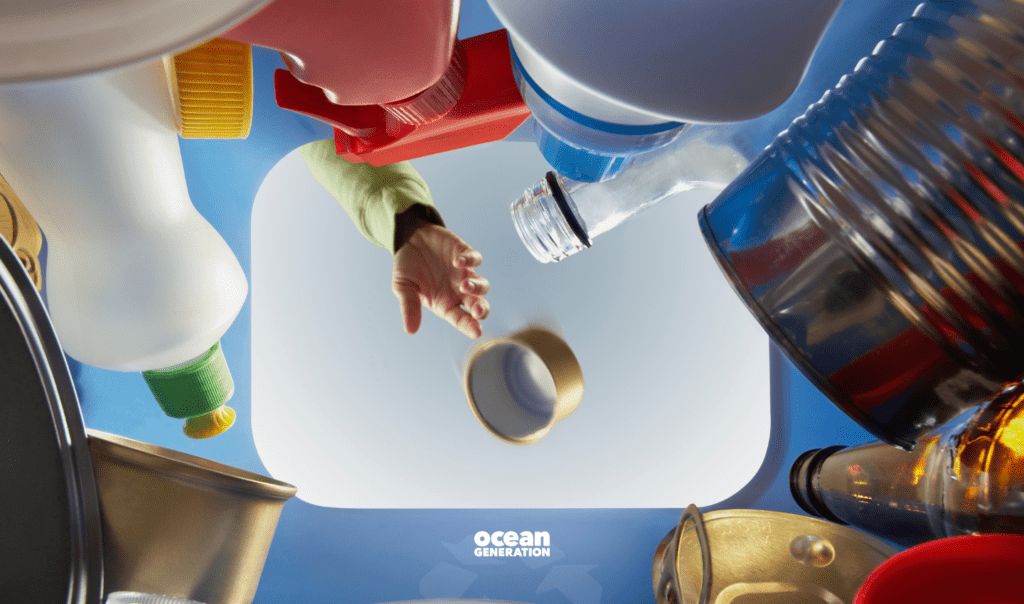
Myth: ‘We should replace tarmac with recycled plastic for our road surfaces.’
This is a measure supported by some of the biggest producers of plastic waste, yet it is rife with risks.
Studies have already revealed that the second biggest input of microfibres into our Ocean are the fibres that come from car tyres.
How might that increase if we start covering our roads with plastic too?
Research is only beginning into the nanoplastics in the air that we breathe. How might vast stretches of plastic-covered roads contribute to these, especially on hot days?
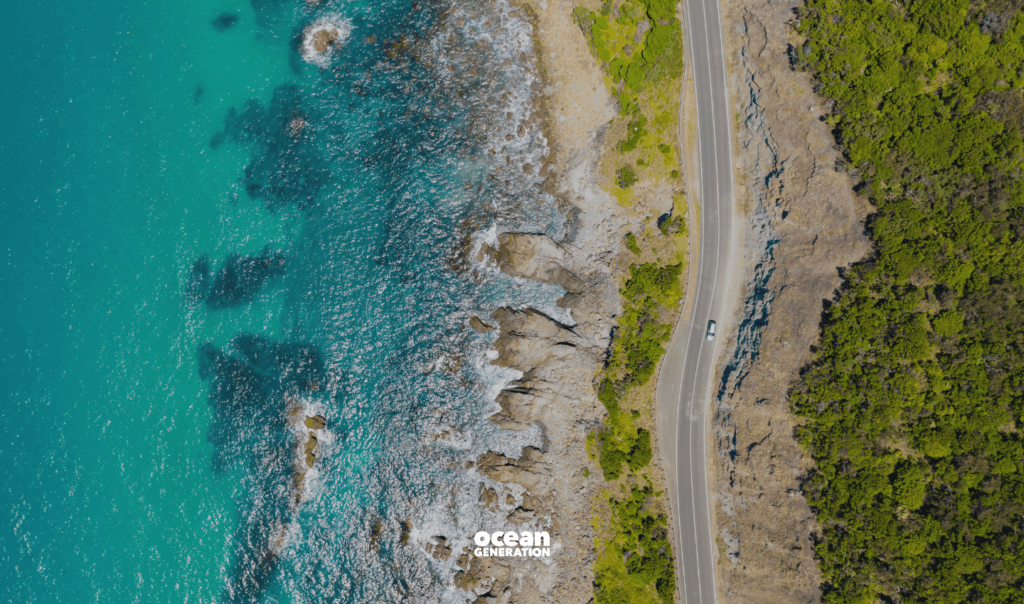
What can I do about plastic pollution?
You’re already taking action to protect our blue planet: You’re getting informed.
Tackling a problem as big as plastic pollution can feel overwhelming – but it doesn’t have to.
Action you can take against plastic pollution right now
- Add impact to your inbox.
We send our a monthly newsletter with practical actions you can take, Ocean positive stories, and understandable environmental science. No fear-mongering. No big data. No expectations that you become a ‘perfect’ environmentalist. - Read: 20 actions you can take against plastic pollution daily.
- Read: 15 Plastic pollution facts you should know.
- Watch: What is plastic?


